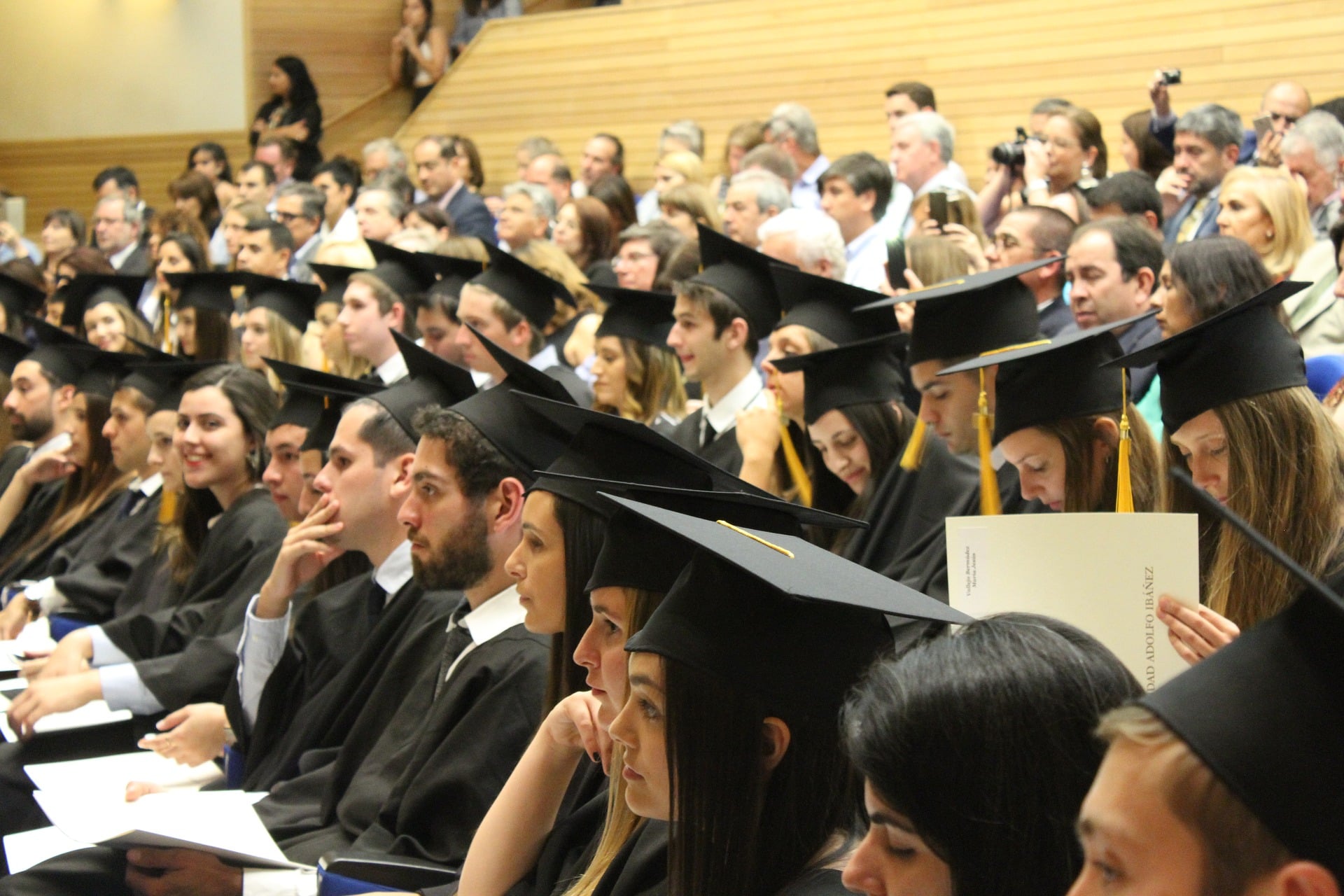
Table of Contents
Student loan debt presents a special challenge for borrowers and for the economy. Reports across the past several years have indicated that student loan debt contributes to increasing generational financial inequality, hurts the U.S. GDP and local economies by hampering consumer spending, prevents many college graduates from purchasing homes, and even deters or postpones marriage and having children.
Other types of debt can have a similar impact, but there are two important distinctions.
- Overwhelming student loan debt has become so widespread that it is impacting the economy as a whole. Currently, more than 45 million Americans, or more than 18% of U.S. adults, are carrying student loan debt. At the beginning of the pandemic, about $125 billion in student loan debt was in default.
Those percentages are even higher in certain age groups. For instance, 26% of adults under the age of 30 and 28% of adults in their thirties have student loan debt. At the other end of the spectrum, nearly three million people aged 60 and older are still carrying student loan debt.
- Most student loan debt cannot be discharged in bankruptcy. Though there is a hardship exception, the bar is very high. It is very unusual for a bankruptcy petitioner in Los Angeles or across the country to successfully petition for a hardship discharge of student loans in bankruptcy. In addition, these types of cases can be very costly.
That means that while people crippled by medical debt or high credit card bills or personal guarantees after a business failure can wipe the slate clean and begin contributing to the economy again, many student loan borrowers are stuck for life.
Is Change on the Horizon for Student Loan Borrowers?
Student loan debt and its impact on both society and individuals–particularly Millennials who graduated into a recession and barely had time to stabilize before the pandemic struck–has received increasing attention from consumer advocates, economists, and elected officials in recent years. The spotlight on the student loan debt problem brightened considerably when two 2020 presidential primary candidates proposed eliminating most outstanding student debt.
While the current administration hasn’t canceled student debt, the problem remains very much on the table. In August, the White House announced that more than 300,000 student loan borrowers who are totally and permanently disabled would be relieved of their student loan debt. Though the cancellation is described as “automatic,” borrowers must apply and demonstrate disability to have their student debt eliminated.
In addition, federal legislators have introduced several bills that would make student loan discharge in bankruptcy more accessible for some borrowers.
Pending Bankruptcy Legislation Around Student Loans
There are currently three pieces of legislation pending that specifically tackle student loans in bankruptcy.
FRESH START Through Bankruptcy Act
The most recent, and most significant, is the Fostering Responsible Education Starts with Helping Students Through Accountability, Relief, and Taxpayer Protection Through Bankruptcy Act of 2021 (FRESH START Through Bankruptcy Act). The statute, introduced in the Senate on August 4, would amend 11 U.S.C. §523(a)’s prohibition on discharge of most educational debt to exclude debt if:
the first payment on such debt became due before the 10-year period (exclusive of any applicable suspension of the repayment period) ending on the date of the filing of the petition
In other words, if at least 10 years passed between the beginning of the repayment period and the bankruptcy filing, student loan debt could be discharged. However, periods during which repayment was suspended, such as deferments, would not count toward the 10 year period.
The Private Student Loan Bankruptcy Fairness Act
The Private Student Loan Bankruptcy Fairness Act, introduced in the House of Representatives one day earlier, has been introduced in several earlier Congressional sessions. The law, which is co-sponsored by California Representative Eric Swalwell, would make private student loan debt dischargeable in bankruptcy.
Before the 2005 bankruptcy reform, private student loan debt was dischargeable. The bill’s sponsors argue that the old system was more appropriate, since private student loan debt is similar to other types of consumer debt, and because private student loan borrowers who encounter financial difficulties don’t have the same rights and options as federal borrowers.
The Medical Bankruptcy Fairness Act
The Medical Bankruptcy Fairness Act, introduced in the Senate on February 2, is designed to offer added protections to people who are forced to file bankruptcy due to medical expenses. A bankruptcy petitioner who met the definition of “medically distressed debtor” would be entitled to increased property exemptions.
The statute would also state that the provision prohibiting discharge of most educational loans unless the debtor proved undue hardship did not apply to medically distressed debtors. In other words, the student loan debt of a medically distressed debtor would be treated like other dischargeable debt.
What’s Next for Student Loan Debt?
Each of the bills described above are currently in the Judiciary Committee where they were submitted. That means there are several steps between now and the possible passage of one or more of these statutes. At the same time, consumer advocates continue to pressure the White House for more direct student loan relief. With just a few months left before the current moratorium on student loan collections expires, that pressure is ramping up.
While it is undoubtedly wise to keep an eye on this pending legislation, some people simply aren’t in a position to do so. Those struggling with debt can benefit from a talk with an experienced Los Angeles bankruptcy attorney to weigh and consider potential solutions for their financial issues. To set up a free and confidential consultation, give us a call at 877-439-9717, or fill out the contact form on this page to see how we can help.
